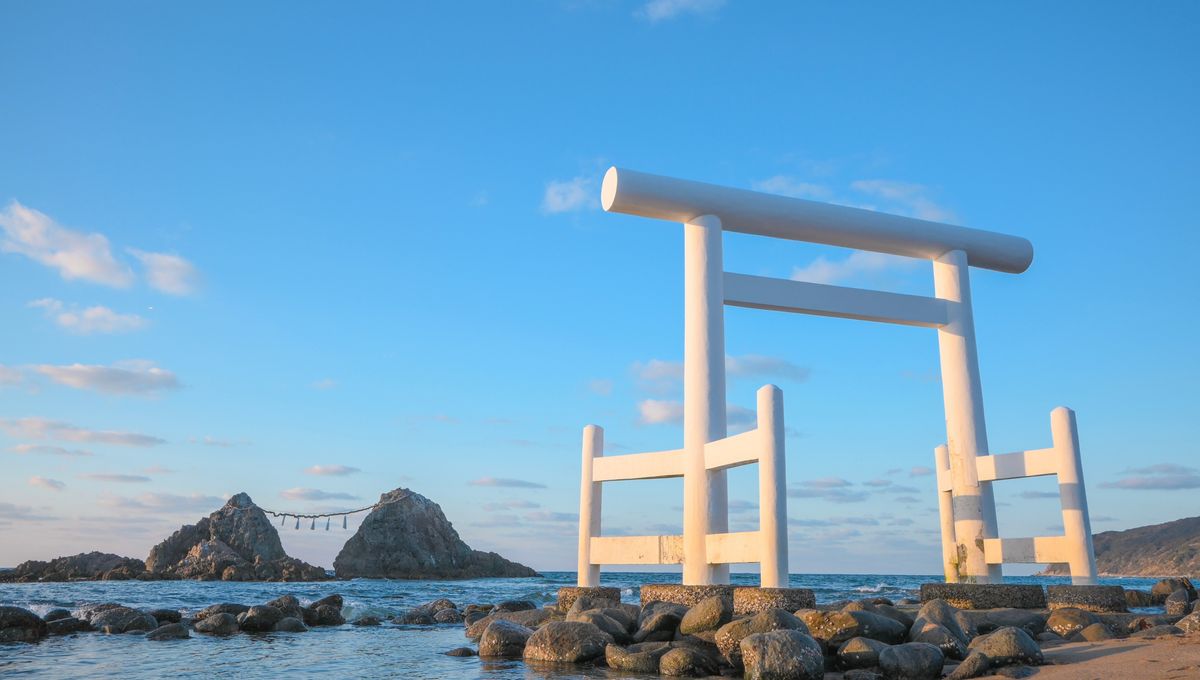
Japan’s first osmotic power plant has gone live in Fukuoka City, providing the local region with electricity using the difference in salt concentration between seawater and fresh water.
The Fukuoka District Waterworks Agency opened the facility with a ceremony at Mamizu Pier earlier this month. It’s believed to be the first power plant of its kind in Asia and the second in the world, the first being an osmotic plant that opened in 2023 in Denmark.
The Japanese plant yields a net power generation of approximately 110 kilowatts, with a maximum annual power generation of 880,000 kilowatt hours – that’s roughly the equivalent of two soccer fields covered with solar panels.
Osmotic power, also known as salinity gradient power or blue energy, is an emerging energy source that promises to generate power without producing carbon dioxide and other greenhouse gases as a side effect. Unlike solar or wind, it does not depend on weather conditions, offering a steady and predictable supply of power.
How does an osmotic power plant work?
It works through the power of osmosis. Water molecules naturally flow from areas of high water concentration (such as freshwater) to areas of low water concentration (like salty seawater) across a semipermeable membrane. It is the same process that allows plants to suck up water from the soil and human cells to absorb moisture.
In the case of energy production, this movement of water can be harnessed to spin turbines that generate electricity. The facility in Fukuoka City will feature a thin barrier that separates treated wastewater and concentrated seawater. As water flows to balance the concentration difference, it creates a pressure that drives the turbines.
“I feel overwhelmed that we have been able to put this into practical use. I hope it spreads not just in Japan, but across the world,” said Akihiko Tanioka, professor emeritus at the Institute of Science Tokyo and an expert in osmotic power, according to Kyodo News.
Negatives of osmotic power
While osmotic power is a promising energy source – as mentioned, it’s renewable and relatively reliable – it does have its drawbacks. Like many emerging technologies, it works well in the lab on a small scale, but it’s tricky to scale up in the real world while maintaining efficiency.
“While energy is released when the salt water is mixed with fresh water, a lot of energy is lost in pumping the two streams into the power plant and from the frictional loss across the membranes. This means that the net energy that can be gained is small,” Professor Sandra Kentish, from the Department of Chemical Engineering at the University of Melbourne, told The Guardian.
“It is also noteworthy that the Japanese plant uses concentrated seawater, the brine left after removal of fresh water in a desalination plant, as the feed, which increases the difference in salt concentrations and thus the energy available,” she added.
Some studies have also suggested this form of power-generating technology is not economically viable, as it’s markedly less competitive than other renewables, like wind and solar energy.
If these challenges can be solved, though, optimistic outlooks suggest that osmotic energy has the potential to satisfy up to 15 percent of global electricity demand by 2050, if adequately leveraged. In a world urgently seeking greener energy, this clean power source represents a largely untapped opportunity that could complement solar, wind, and other renewables as the world weans itself off fossil fuels.
Source Link: What Is Osmotic Power? Japan’s New Renewable Energy Plant Goes Live